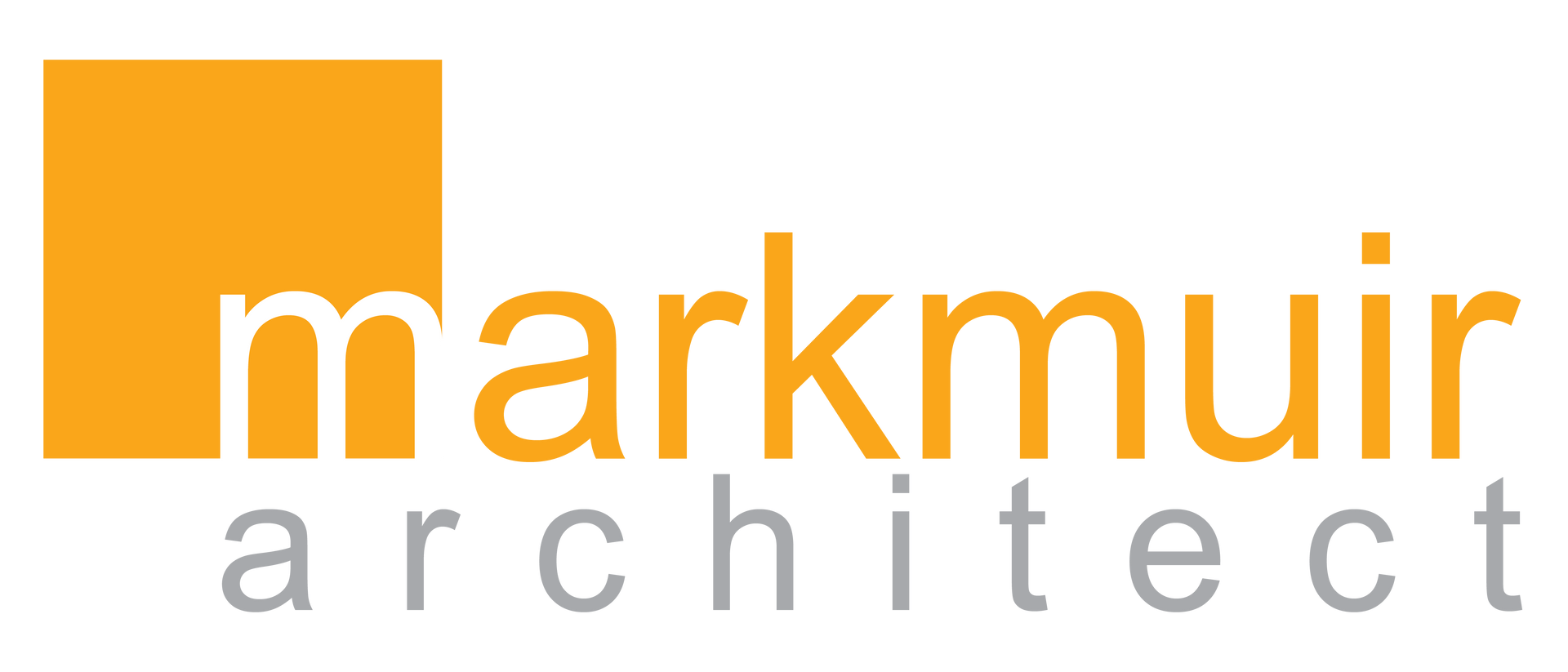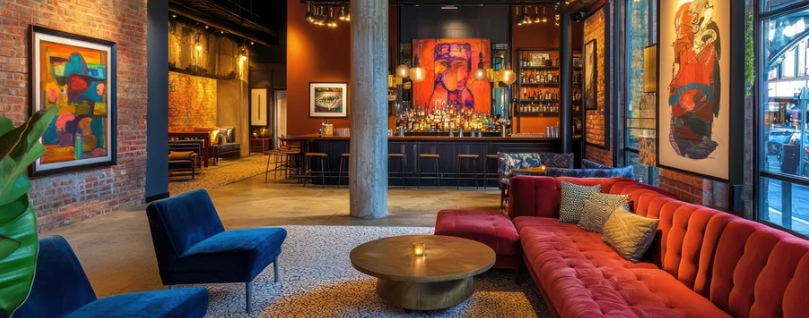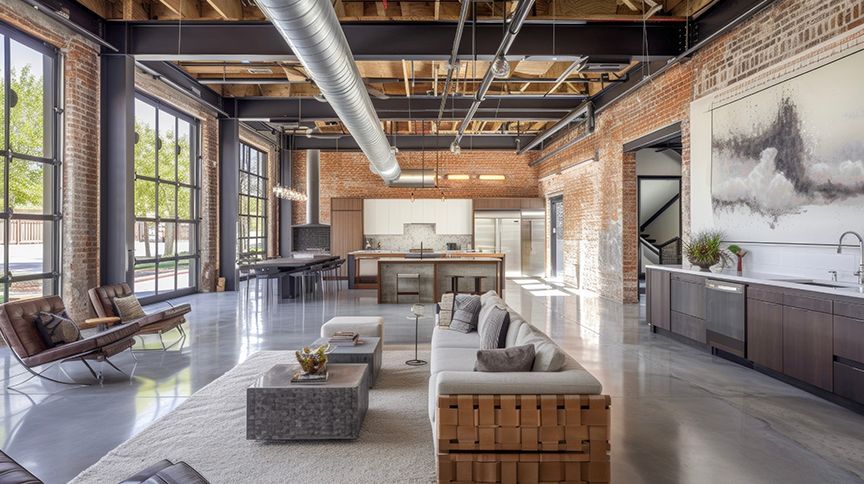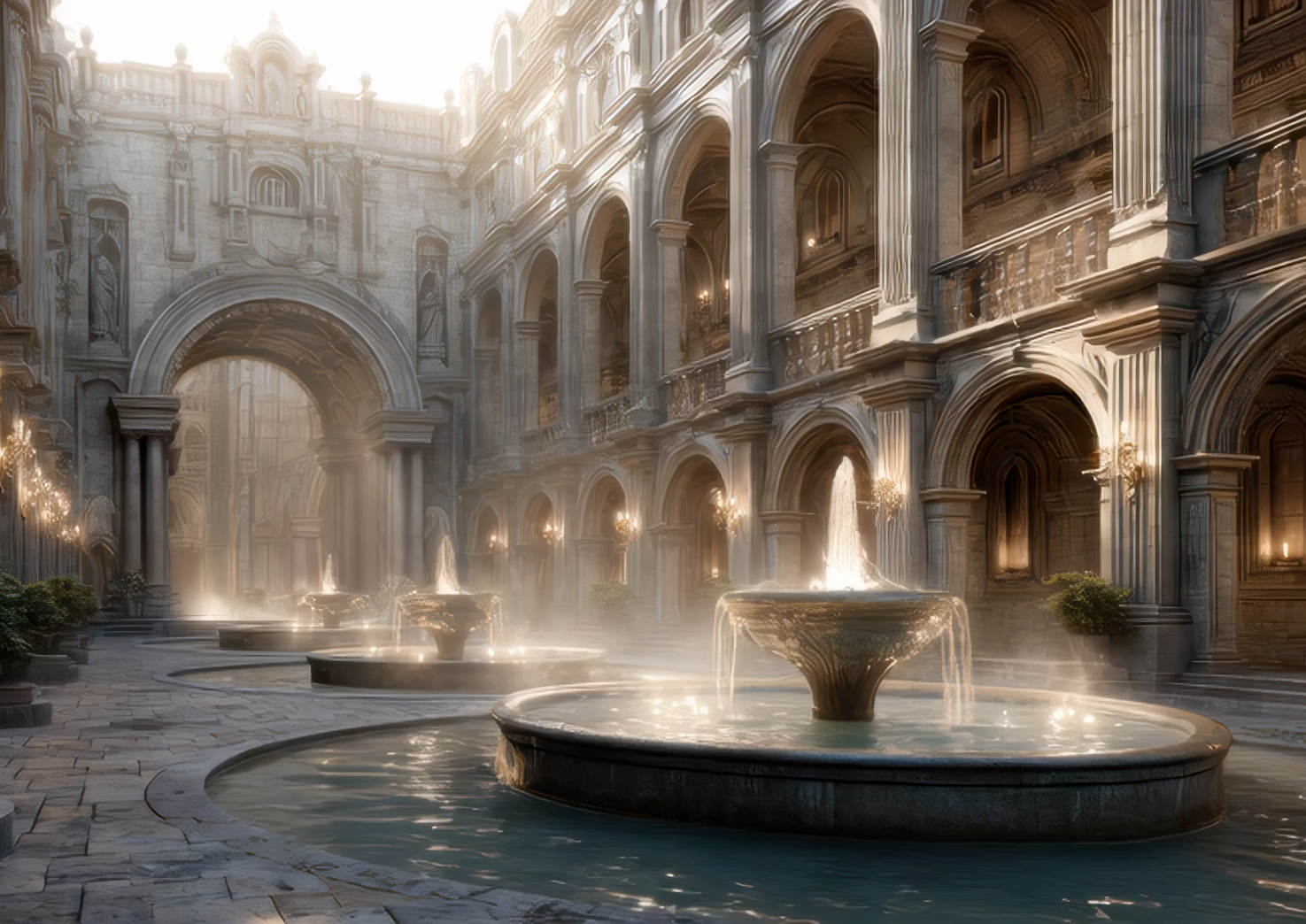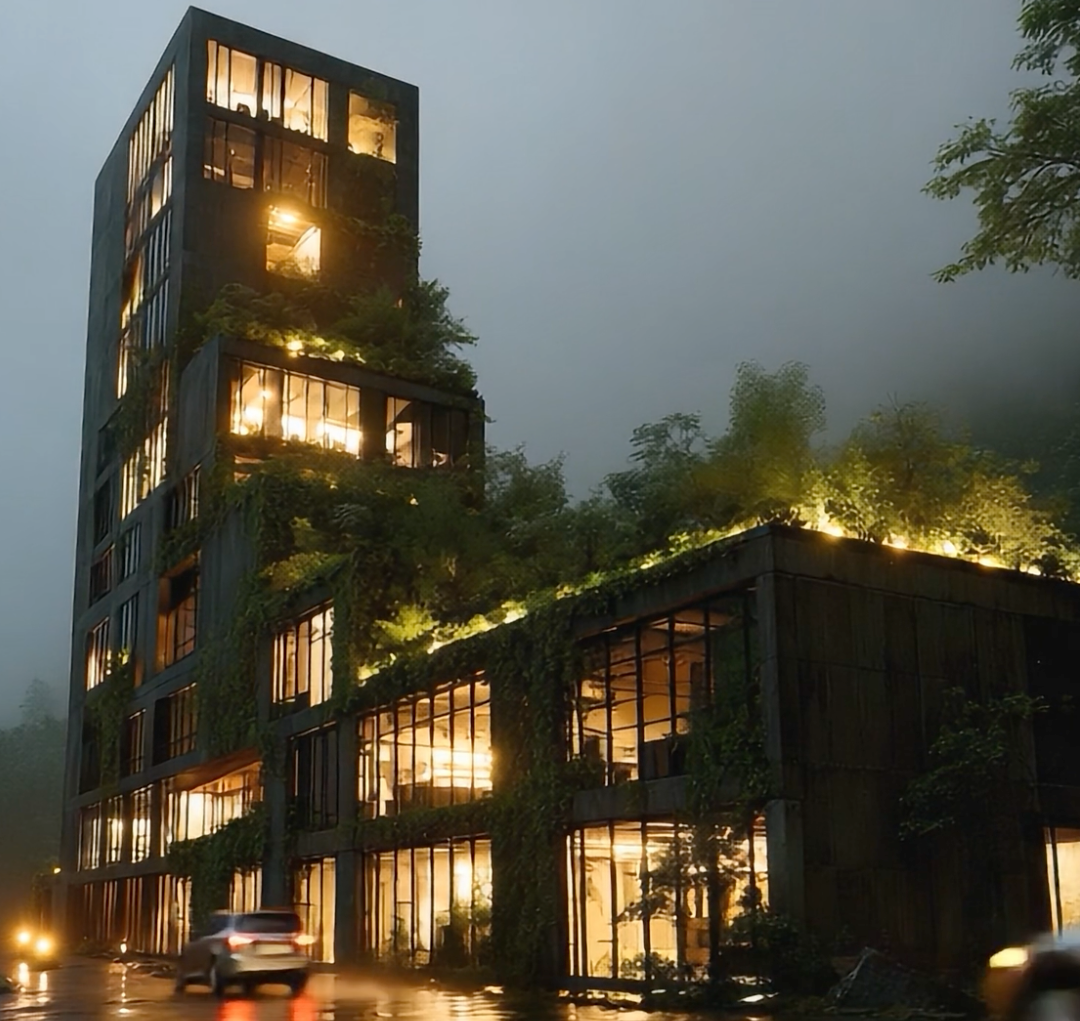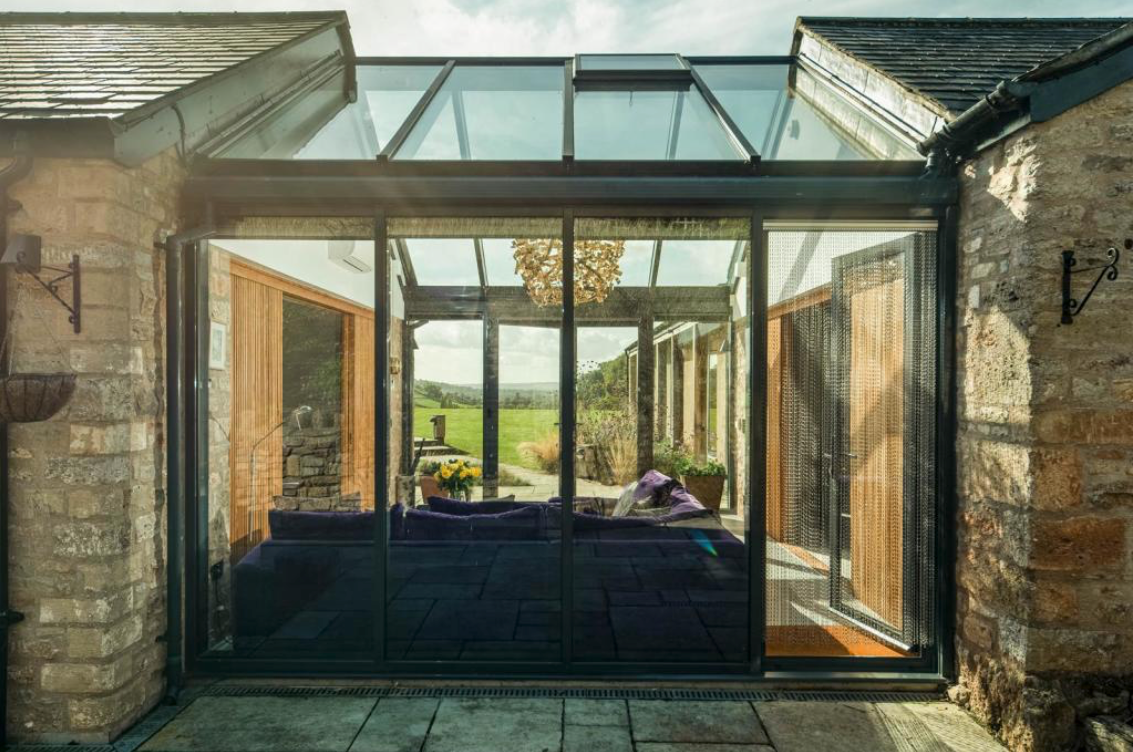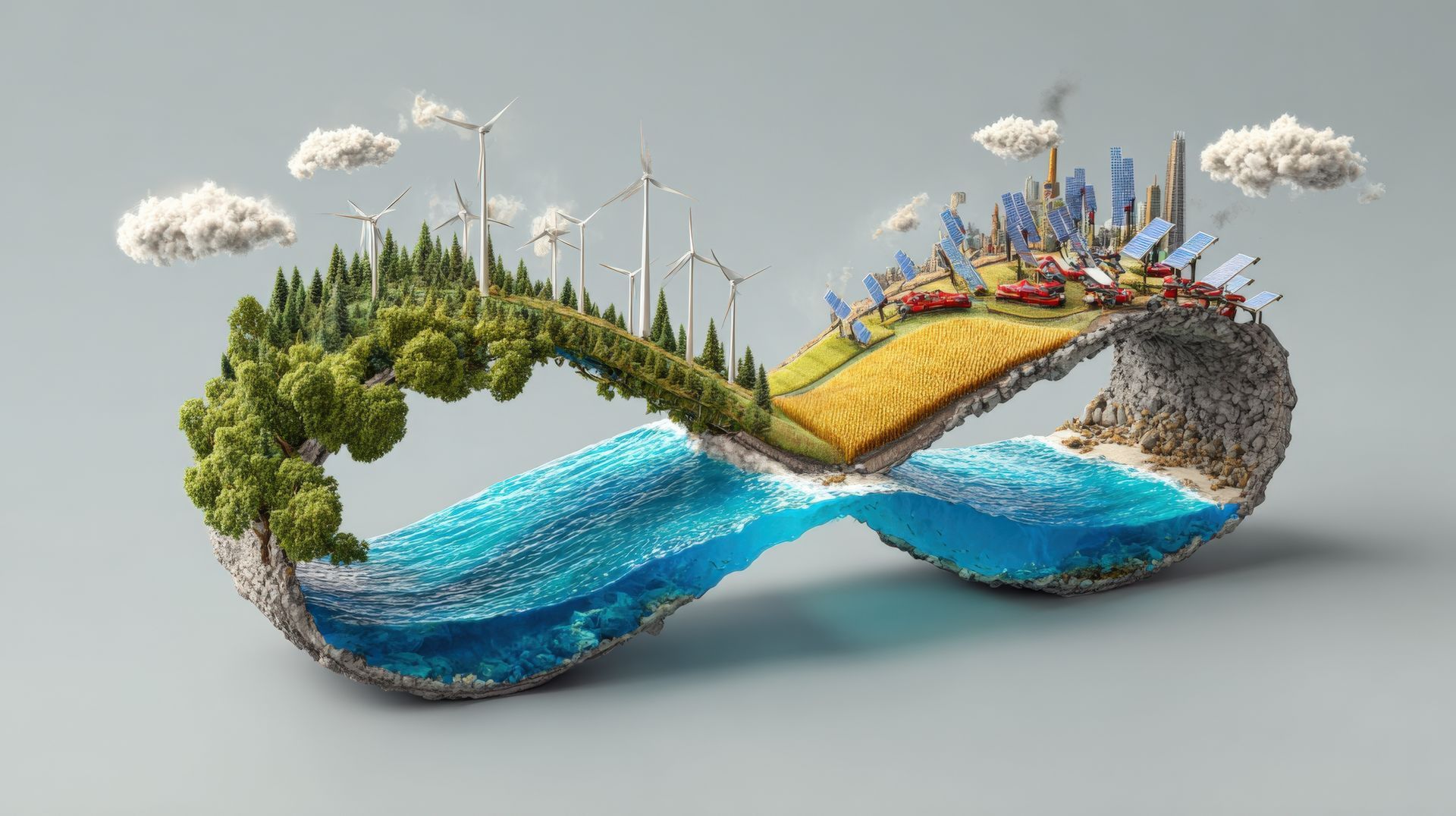Living Buildings: The Future of Sustainable Architecture
What Makes a Building “Living”?

Imagine stepping into a home that doesn’t just shelter you but thrives alongside you—one that generates its own energy, purifies its water, and even heals itself over time. This isn’t science fiction; it’s the reality of Living Buildings, a revolutionary approach to architecture that takes inspiration from nature to create self-sustaining, regenerative spaces.
What Makes a Building “Living”?
Unlike traditional structures that passively consume resources, living buildings function like ecosystems, responding to their environment and contributing to their surroundings. Here’s how they work:
✅ Net-Positive Energy – These buildings generate more energy than they consume, harnessing renewable sources like solar, wind, and even algae-based biofuel.
✅ Water Recycling & Purification – Inspired by rainforests, living buildings collect, filter, and reuse water on-site, reducing strain on municipal systems.
✅ Self-Healing Materials – Picture walls that repair their own cracks, similar to how our skin heals from a cut! Innovations like self-repairing concrete and adaptive façades are making this a reality.
✅ Dynamic, Responsive Design – Some structures are equipped with “breathing” walls that adjust to temperature and humidity, reducing the need for artificial heating and cooling.
Why This Matters for Our Future
With climate change and resource depletion becoming urgent concerns, architecture must evolve beyond sustainability to regeneration. Living buildings don’t just reduce harm—they actively improve the environment. Cities of the future could be filled with structures that clean the air, filter water, and even support urban biodiversity.
As we rethink the way we build, the principles of biomimicry—learning from nature’s time-tested designs—are paving the way for smarter, more resilient architecture.
Curious about how these innovations are shaping the future of design? Discover the full story in Eco-Architecture: Lessons from the Natural World—a must-read for architects, designers, and sustainability enthusiasts…..Greenprint already with us ( see link below), Lessons coming soon

